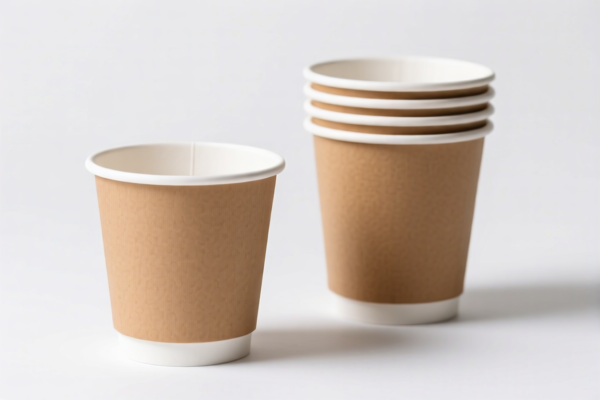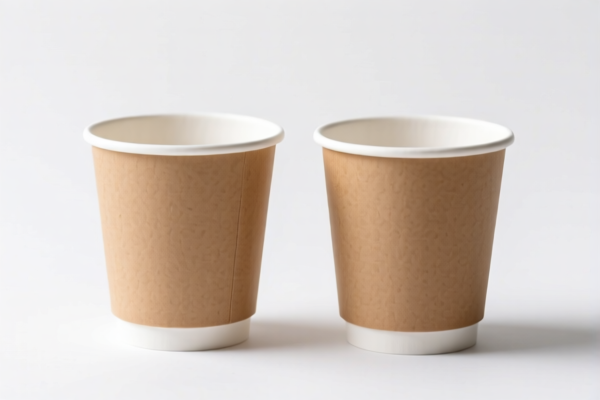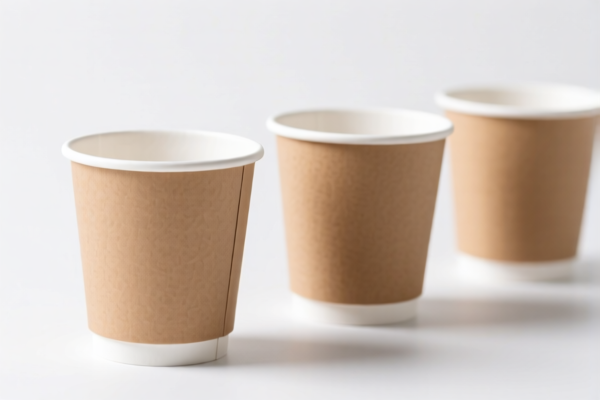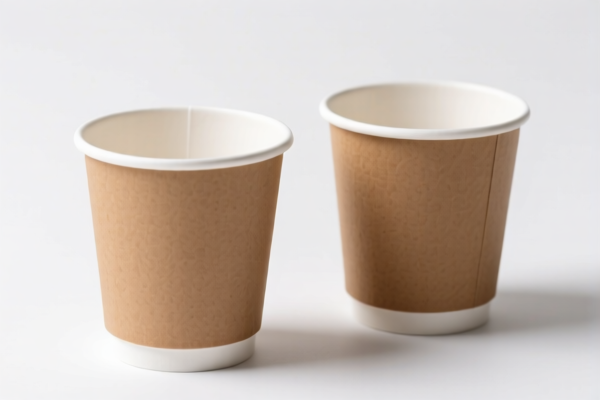| HS Code | Official Doc | Tariff Rate | Origin | Destination | Effective Date |
|---|---|---|---|---|---|
| 4819502000 | Doc | 55.0% | CN | US | 2025-05-12 |
| 3923300010 | Doc | 58.0% | CN | US | 2025-05-12 |




Okay, let's break down the HS codes and tax implications for your declared item "CAKE PAPER CUP" based on the provided data. It appears you have two potential classifications, and we need to determine the most accurate one.
Understanding the HS Codes
The Harmonized System (HS) code is a globally standardized system of names and numbers to classify traded products. Here's a breakdown of each code you've received:
- 4819.50.20.00 – Paper Packing Containers
- 48: Chapter 48 – Paper and paperboard; articles thereof. This indicates the product is made of paper.
- 4819: Specifically, articles of paper or paperboard for packing or packaging.
- 4819.50: Other packing containers, including record sleeves. This narrows it down to containers other than simple boxes.
- 4819.50.20.00: Sanitary food and beverage containers. This is the most specific classification, suggesting the cups are designed for food/beverage use and meet sanitary standards.
- 3923.30.00.10 – Plastic Packing Containers
- 39: Chapter 39 – Plastics and articles thereof. This indicates the product is made of plastic.
- 3923: Specifically, articles for the conveyance or packing of goods, of plastics.
- 3923.30: Carboys, bottles, flasks and similar articles.
- 3923.30.00.10: Of a capacity not exceeding 50 ml. This is for small plastic containers.
Which HS Code is Correct for "CAKE PAPER CUP"?
Based on the product name "CAKE PAPER CUP", HS Code 4819.50.20.00 (Paper Packing Containers) is the more likely and appropriate classification. This is because the product is explicitly described as a paper cup.
However, if the cups have a significant plastic lining or component (e.g., a plastic lid, a plastic coating for waterproofing), HS Code 3923.30.00.10 might be considered. The key is the material composition.
Tax Implications (Based on 4819.50.20.00)
- Basic Duty: 0.0%
- Additional Duty: 25.0%
- Additional Duty (Post April 2, 2025): 30.0%
- Total Tax: 55.0% (currently)
Important Considerations & Recommendations:
- Material Verification: Crucially, confirm the exact material composition of the cups. Is it entirely paper, or does it contain plastic? This will definitively determine the correct HS code.
- Lining/Coating: If there's a plastic lining or coating, determine the percentage of plastic by weight. A small amount of plastic might still allow for classification under 4819.50.20.00, but a significant amount could necessitate using 3923.30.00.10.
- Capacity: The 3923.30.00.10 code is specifically for containers not exceeding 50 ml. If your cake cups are larger than 50ml, this code is not applicable.
- Sanitary Standards: Since 4819.50.20.00 specifies "sanitary food and beverage containers," ensure your cups meet the relevant food safety regulations for your import destination. You may need to provide certification of compliance.
- Invoice Accuracy: The invoice should clearly state the material composition and capacity of the cups.
- Future Tariff Changes: Be aware of the tariff increase scheduled for April 2, 2025.
Disclaimer: I am an AI assistant and cannot provide definitive customs rulings. This information is for guidance only. It is highly recommended to consult with a licensed customs broker or your local customs authority for a formal classification and to ensure compliance with all applicable regulations. They can review samples of the cups and provide a binding ruling.
Customer Reviews
The detailed explanation of the HS code 4819502000 made it clear why it was the best fit for cake paper cups. Great resource for anyone dealing with imports.
The part about the plastic lining was a good reminder to double-check the product's composition. I’ll definitely be using this page to confirm the correct code before shipping.
I was looking for HS code info on paper cups and this page delivered. The breakdown of the code and the tariff details were spot on and easy to understand.
The review of the two HS codes was good, but I wish there were more visuals or examples to help distinguish between them. Still, it was better than nothing.
The tax implications section was very helpful. I didn’t realize the total duty could be 55%—this is essential info for my export planning.